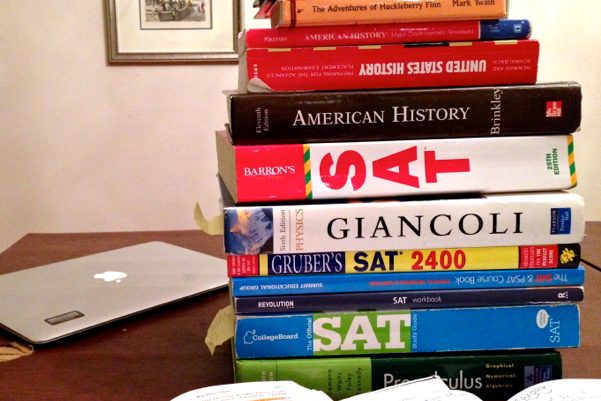Credit: Lizzy Worstell
Hillary Clinton’s stance on education
Democratic nominee Hillary Clinton’s educational policies for K-12 students are mostly intended to support America’s public schools. According to her campaign wesbsite, Clinton intends to launch national campaigns to rebuild atrophying public schools and “elevate the profession of teaching.” According to Clinton, there are public schools falling apart across America. She proposes adding to the “Build America Bonds” program to subsidize the rebuilding of such schools. These bonds are essentially government-issued loans to states or other local governments. Clinton’s proposal would see further funding of the program, with the bonds being issued for the rebuilding as well as modernizing classrooms.
Clinton intends to launch a national campaign in order to “modernize the teaching profession.” Her official statement emphasizes the magnitude of the job of teaching in the modern day. She adds that “we are not setting [teachers] up for success.” Clinton suggests a “national campaign to elevate and modernize the teaching profession by preparing, supporting and paying every child’s teacher.”
Clinton also emphasizes the importance of computer science and guidance programs in public schools. She proposes the allocation of funds to help create more computer science learning opportunities in schools. Clinton argues that computer science programs are a necessity in schools due to the sizable number of computer science job opportunities. Clinton also suggests using education funds to improve guidance programs and reduce unsafe classroom environments. According to Clinton, when student discipline is too harsh, it discourages learning and creates a “school-to-prison pipeline.” Clinton also suggests reform in “school disturbance laws,” the legislation that determines when activities are causing enough disturbance for perpetrators to be held legally responsible. Clinton indicates that these laws are too harsh and disproportionately affect African American students.
Unlike the Republican nominee, Donald Trump, Clinton does not support a complete school choice policy. Rather, she advocates choice among public schools and claims that, even with the economic support school choice policies might provide, private schools will not take disadvantaged students. Therefore, she endorses the funding of public schools to raise them to higher levels.
“The public school system has been, I believe, second to the Constitution, the most important institution in making America the great country that we have been over the last 200-plus years,” Clinton said in 2015.
In terms of college debt, Clinton is an advocate of policies intended to significantly reduce costs. Her campaign website details a plan focused on reducing the debt of future students and of current borrowers. She suggests that her policies will be able to accumulate enough funds by 2021 to send any students from a family with income of $125,000 or below to state four year colleges for free. Furthermore, she proposes that all community colleges will offer free tuition.
Clinton intends to cut interest rates on student loans and “crack down on predatory schools, lenders and bill collectors.” According to Clinton, this will eliminate the incentive to profit off of loans.
Clinton’s voting record in the Senate supports her beliefs on education. In 2005, while she was a senator representing New York, Clinton voted yes to funding for reducing class size and to using $11 billion from closed corporate tax loopholes for education.
